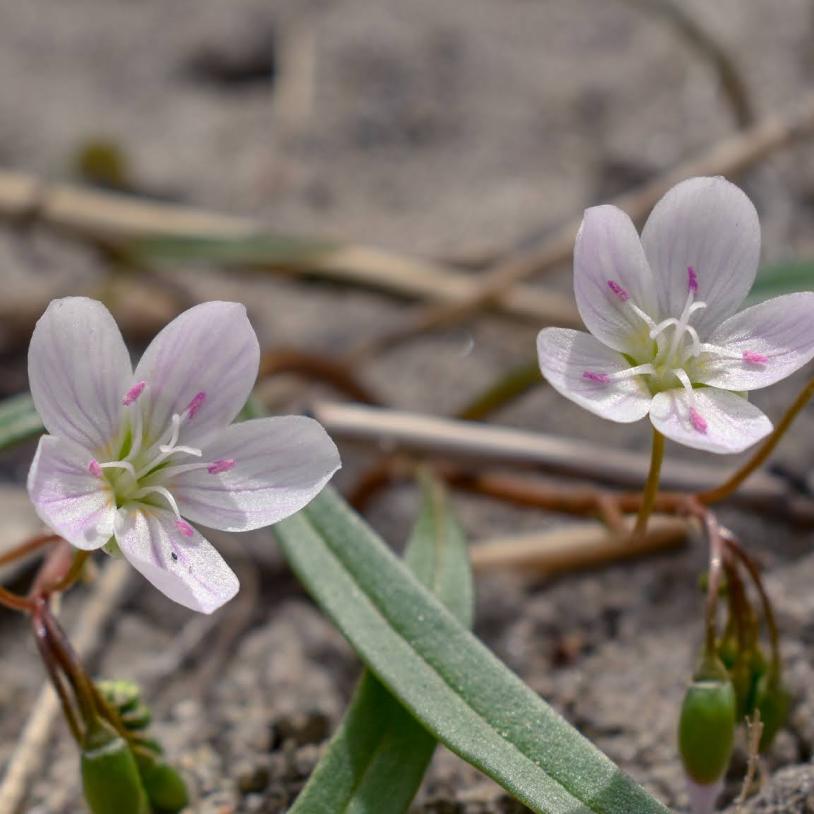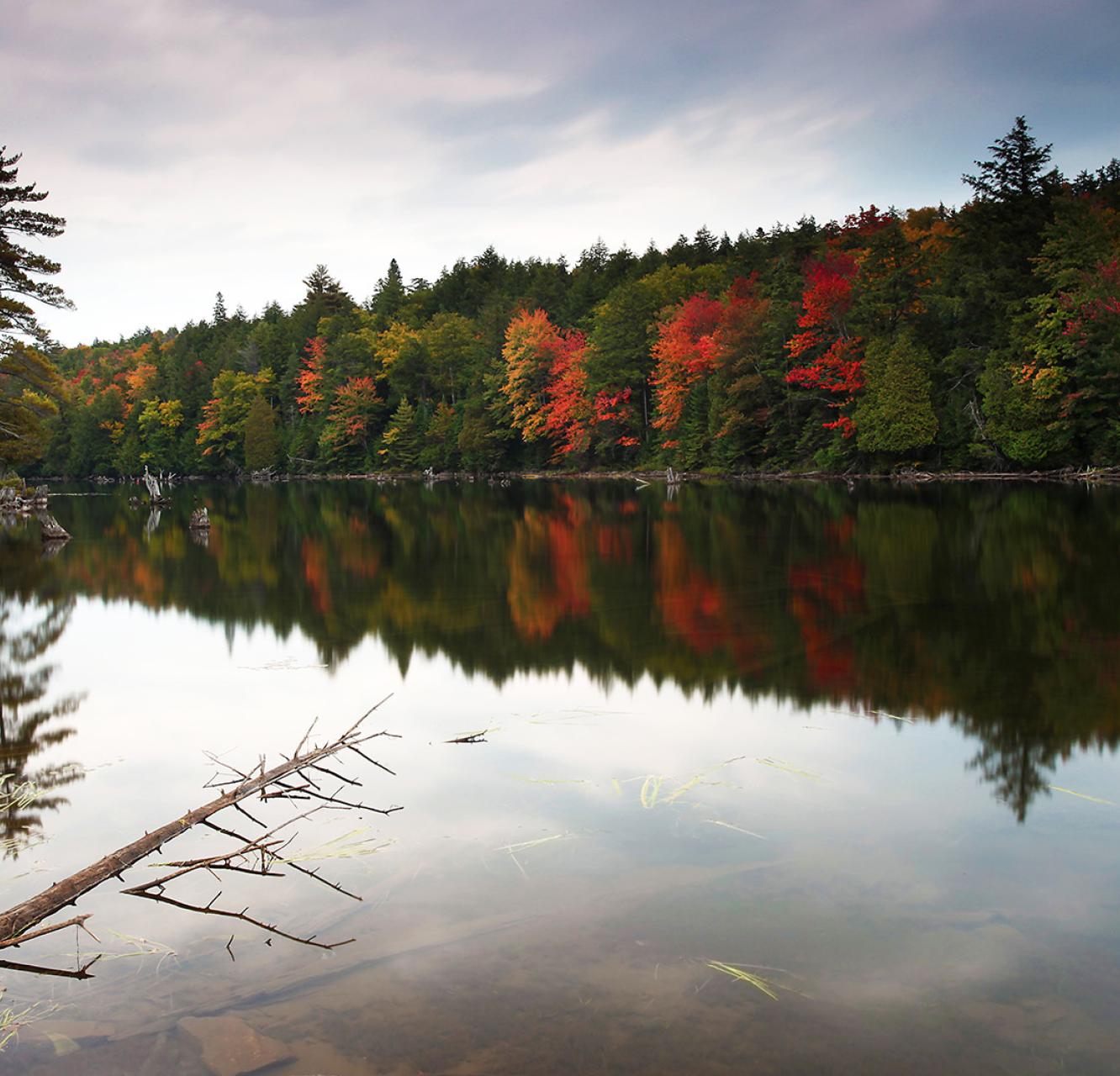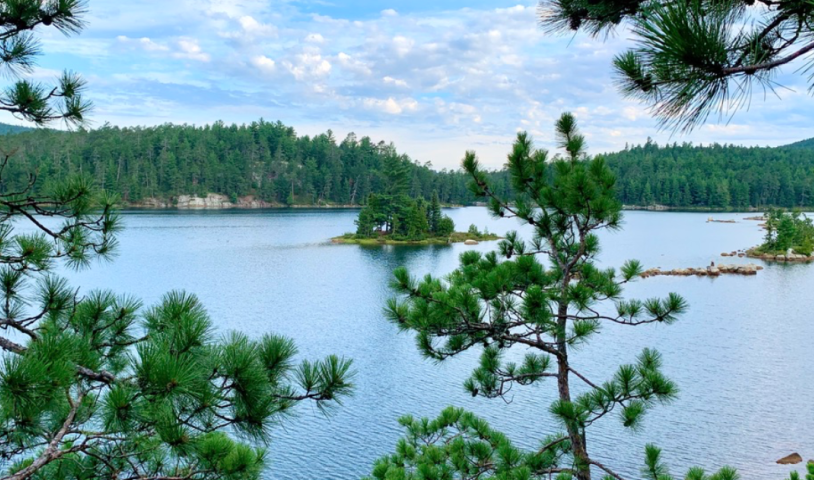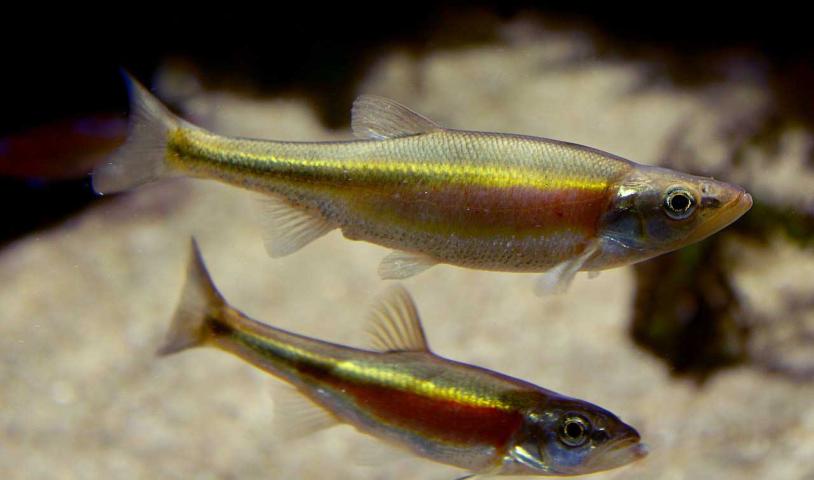Op‑ed: The solution to crowded provincial parks? Create more parks
Tuesday, July 13, 2021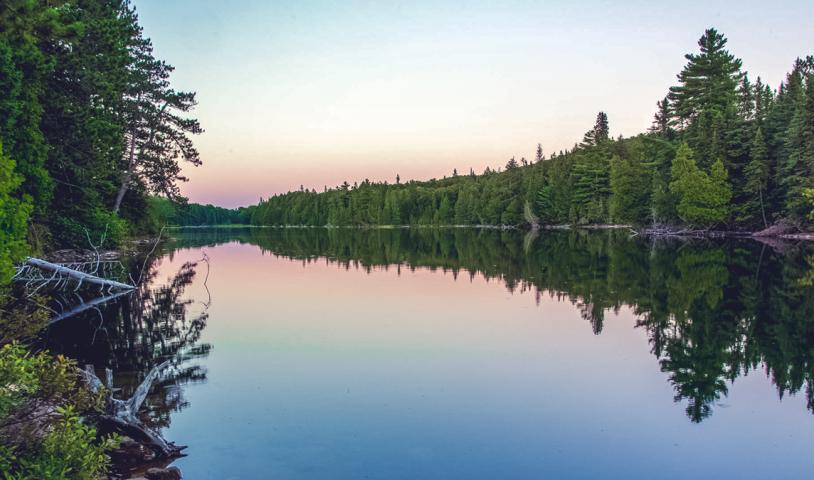
Many Ontarians are eager to escape the confines imposed by COVID-19, but it won't be easy getting into a provincial park this summer
Getting into a provincial park this summer may not be easy.
Day passes must now be booked five days in advance. Those hoping to camp overnight face stiff competition for limited spots as the number of bookings has skyrocketed. There is even speculation that bots have been used so that reservations can be resold at a higher price online.
Even if one gets into a park, overcrowding may mar the experience.
The vast attendance increases are also giving rise to concerns about adverse impacts on sensitive plants, animals and their habitats, which parks safeguard.
To visit or not to visit? That is the question. Fortunately, there is a straightforward solution that does not involve limiting our access to nature: Ontario should establish more parks and protected areas.
Now that Ontario’s stay-at-home order has been lifted, many of us are eager to escape the confines imposed by COVID-19 and soak up some blue, green and quiet. The science is clear: time spent outdoors in nature is essential to our mental health and well-being. The advantage of provincial parks is that they are open to the public, making the benefits of nature more widely accessible.
Canada has committed to protecting 25 per cent of our lands and waters by 2025 and 30 per cent by 2030 and doubling protected areas over the next five years.
There are many good reasons to do so. As noted by environment and climate change minister Jonathan Wilkinson, parks and protected areas are a proven means of conserving biological diversity and mitigating climate change, two of the greatest challenges we face.
In Ontario, the Ontario government also announced its intention to expand protected areas, seeking advice from a working group of hand-picked experts in April.
However, Ontario’s recent record on protected areas is not encouraging. Despite Canada’s obligations as a party to the UN Convention on Biological Diversity, Ontario failed to achieve the 2020 target of 17 per cent protection adding only 0.003 per cent to its network of provincial parks in the last 5 years. We scarcely moved the needle. Quebec, by contrast, achieved 16.7 per cent. So it can be done.
The public is ready. Ontarians support protecting or conserving more natural spaces. The Ontario government should release and broadly consult on the recommendations of its working group.
Conservation groups are starting the conversation and educating the public about the need and opportunities for protection. An online story map with input from dozens of groups, communities and individuals has been created to profile candidates who support protection.
Meanwhile, Indigenous peoples are increasingly re-establishing and reaffirming their leadership role in nature conservation and stewardship in Ontario, as well as other provinces. Conservation is consistent with inherent Indigenous rights and responsibilities. The story map features the areas that Grassy Narrows, Eagle Lake, Moose Cree and Kitchenuhmaykoosib Inninuwug First Nations, among others, are setting aside for protection. Some of these sites face industrial pressures.
As we emerge from COVID-19 restrictions, it’s important to ensure that our provincial park system meets new demands and our expectations. We need more protected areas and a plan from the Ontario government on how they intend to achieve that.
Rachel Plotkin is Wildlife Campaigner with the David Suzuki Foundation. Anne Bell is Director of Education and Conservation with Ontario Nature. Katie Krelove is Ontario Campaigner with the Wilderness Committee.
To view the original op-ed published by Now Toronto click here.
